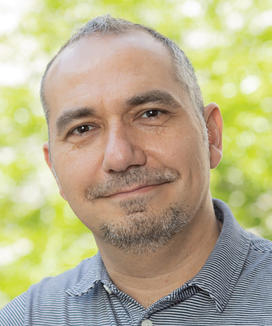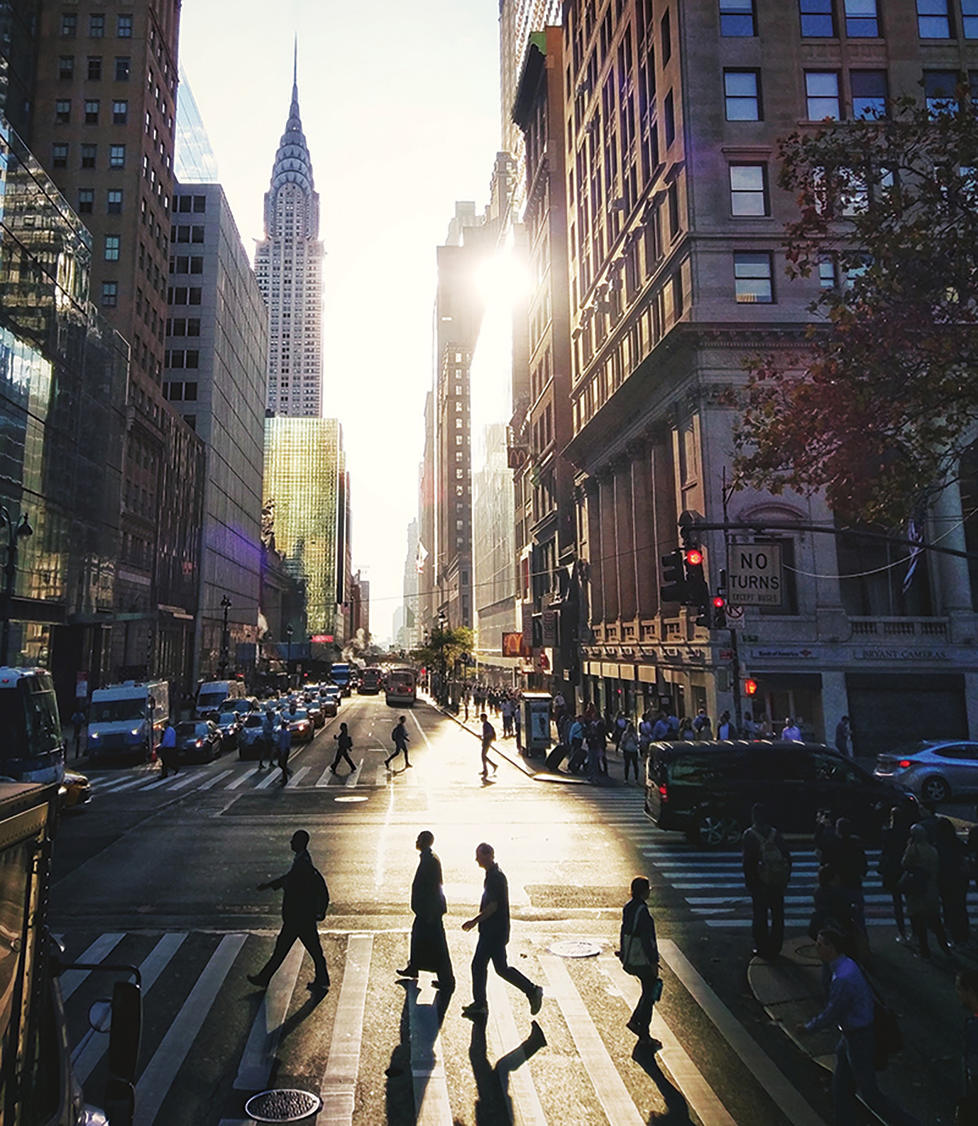Princeton Engineers Say Retroreflective Materials Could Cool Cities
These researchers say measures can decrease temperatures in urban settings by nearly 5 degrees
Urban heat is a huge issue — cities create their own heat islands, sometimes as much as 10 degrees hotter than their surroundings. While it has been an annoyance, it hasn’t been a serious threat to human life, says Elie Bou-Zeid, Princeton professor of civil and environmental engineering. But with climate change, heat waves are increasing in duration, intensity, and frequency. That makes the issue of urban heat more intense — especially for lower-income citizens.

As a result, cities are looking for simple fixes, such as planting more trees, which cause evaporative cooling, and painting rooftops white, which reflects heat back up to the sky.
Now, researchers are investigating another possible answer: retroreflective materials, which already exist in road signs and bike reflectors. Bou-Zeid and colleagues’ work, published in March in the journal Nature Cities, found that retroreflective materials on buildings could decrease the surface temperature by up to 36 degrees, and air temperatures by nearly 5 degrees.
These materials aren’t widely used to cover buildings because they can’t be applied as paint, Bou-Zeid says. Instead, they have to be installed in sheets like wallpaper or siding, so working with them is a little trickier. They are not expensive, however, and could be adjusted in the future to improve their reflectivity at different times. Some types of mirror-like reflectors could have negative visual consequences, but Bou-Zeid says that the big advantage of retroreflectors is that they send the light back to the sky, not to the eyes of pedestrians on the street.
Bou-Zeid worked with Princeton materials scientist Jyotirmoy Mandal and graduate student Xinjie Huang on the research, which showed how the materials could be best used in different climatic conditions, latitudes, seasons, and urban layouts. They found the best outcomes in using retroreflective pavements for open, low-rise areas and retroreflective wall design strategies for compact, high-rise areas.
Taming heat in cities is a bit like addressing climate change — any solution is going to include a portfolio of changes, from electric vehicles to improved efficiency to better agricultural practices. Likewise, to combat urban heat, cities need to combine the powers of a wide swath of technologies, Bou-Zeid says.
Other innovations in the future could include new tech to create outdoor cooling centers — basically cooled parks inside cities. Mandal, who co-authored the new paper, is researching how to create new materials for cooling. Bou-Zeid is also part of a collaboration to predict how urban heat islands will develop decades into the future, using a combination of satellite imaging and machine learning models. The idea is that to design solutions today, it’s necessary to understand what future threats will feel like.
“We should think outside the box in terms of how we can cool cities,” Bou-Zeid says. “There’s a lot of innovative technologies and ways we can apply. There’s no single answer or single solution for this problem.”











1 Response
Michael Sherber ’79
1 Year AgoSpraying On Retroreflective Coatings
Thank you for your article about the work Professor Bou-Zeid is doing with retroreflective materials to reduce heat island effect in cities. Bou-Zeid said that retroreflective materials cannot be applied as paint. I have worked with applying retroreflective coatings with paint guns on high-performance buildings I have designed in the past. These have been available for at least 20 years.
These retroreflective coatings have also been successfully sprayed onto water storage tanks by the U.S. Army in Iraq to keep them from overheating in the summer. Temperature depressions of more than 40° F were observed by the U.S. Army Corps of Engineers compared to uncoated water storage tanks.
I would be happy to share this information with Professor Bou-Zeid.